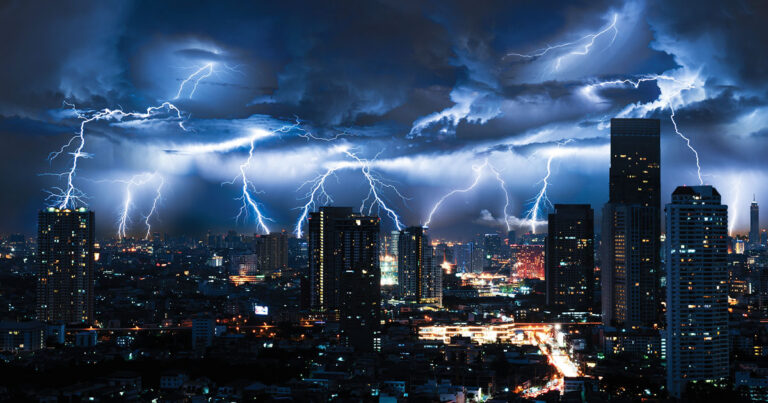
Significant increases in reports of natural and manmade disasters are being reported. Whether it be hurricanes and the remaining tropical storms causing widespread flooding, tornadoes taking vast swaths of areas and tearing them apart, or forest fires consuming 4.2 million areas of forest, including its valuable tree canopy resulting in emitted an estimated 112 million metric tons of carbon dioxide and significant loss of property, human life, and wildlife. The cost of these disasters is in the billions of dollars annually. The United States is currently facing three challenges of economic recovery: the coronavirus pandemic, hurricanes and remaining storms resulting in flooding, and widespread fires in the western portions of the US. Despite the disaster, people and infrastructure need resiliency.

There are many organizations with varying definitions of resilience. One of the most comprehensive definitions comes from the Department of Homeland Security, which incorporates the Federal Emergency Management Agency (FEMA) – the federal agency responsible for coordinating disaster relief. FEMA defines resilience as “the ability to adapt to changing conditions and withstand and rapidly recover from disruption due to emergencies.” Thus, our national preparedness must be a shared responsibility of building resiliency.
Check out the full article by H. Jay Enck here.

